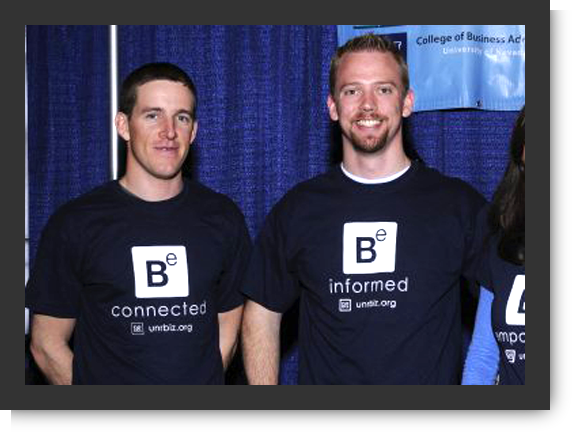The digital doors are open
My humble beginnings
It was just over a year and a half ago that I first put my fingers into the realm of Digital Marketing.
“I think I’d like to learn how to build websites, Ben,” I said to our office web-designer, who has been instrumental in creating the Business Services Group portal page and many of the official program websites. Ever the optimist, Ben assured me that I’d be able to learn the process in no time and that he, despite his never-ending commitments, would be willing to help.
A year and a half later I’ve worked on over ten sites, some of which I built almost entirely on my own. While the learning didn’t take “no time”, I have become decently proficient in building and customizing WordPress-driven websites – much to the credit of Ben and his patient instruction. While this is an accomplishment of which I’m proud, I know that much of my progress is actually a product of the environment; websites have become increasingly user friendly and less reliant upon users knowing that scary old word: code.
Open is expected
Open source content management systems (CMSs like WordPress, drupal, and joomla) have opened the doors of web-living to many who previously would not have had the time, money, or the confidence to jump in. Most of these systems are free; thus to build a website now one needs pay only for a domain name and hosting – often as little as $25/year.
By their very nature, “open source” programs provide access to their “source materials”; in the case of content management systems, those materials are the code on which they were written. While the layperson likely has little use for the source code of a program, open source CMSs have been widely adopted by many web designers – specifically because open source programs allow designers to tweak and develop the code to fit their client’s needs.
As these CMSs gained market share, web designers across the world participated in the development, writing code and providing feedback, and built auxiliary programs and tools (often called plug-ins and widgets) to improve the quality of experience and expand the capabilities of the website, both on the front-end (for your average website visitor) and on the back-end (the webmaster or designer). Most of these additional plug-ins and widgets are available for free as well, as are many “themes” – designs that make your website stylish and highly capable.
Marketing basics still apply
Ultimately, the new openness of the digital world does not mean building professional websites is easy – just easier than it used to be. More importantly, while the development of websites has become less complicated, the effective use of websites remains a highly elusive skill, which continues to depend more upon the ability of an individual or organization to communicate with and react to their customers, than it does with being able to write code.
To address these issues, Ben and I will be teaching a Digital Marketing Class, starting June 4th, 2010. We’ll talk about the power of blogging and the ways to integrate social media into an effective digital marketing campaign. Each attendee will build a WordPress Blog-capable Website and learn some of the basics to effectively maintain your website, especially for business marketing purposes. If you’re interested, please click here. Additionally, feel free to contact the Nevada Small Business Development Center (775-784-1717, www.nsbdc.org) if you have any questions.
I’d love to hear your feedback on my thoughts, or your experiences with digital marketing in this new world.


